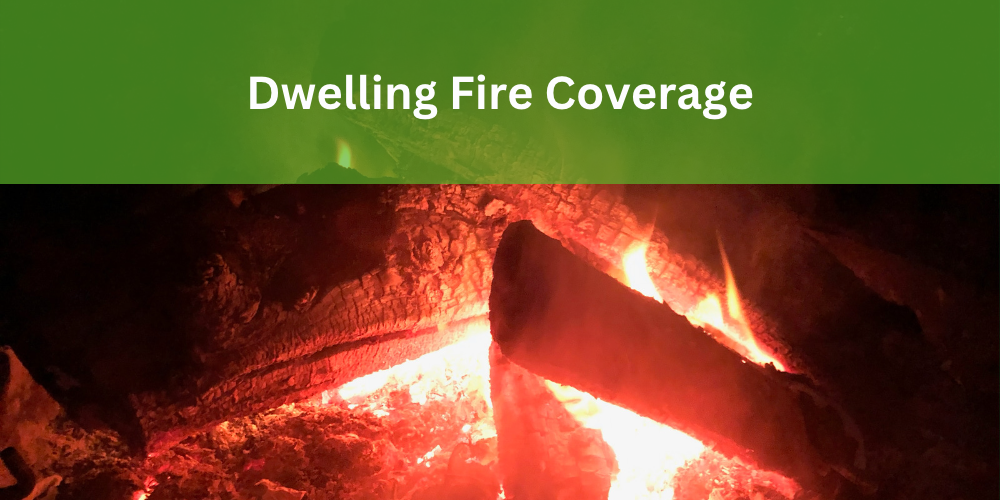The dwelling fire coverage form was once the only option for providing residential property insurance. Then, it only offered modest coverage for private (non-commercial) building property and personal contents. As time passed, the evolution of coverage forms with broader protection resulted in the program being replaced by the homeowners policy.
The availability of a package coverage form that protected an individual's property and provided coverage against losses involving his or her legal liability to others substantially reduced the amount of business written under the dwelling fire program.
Today, it is rare to find a company that handles dwelling fire as anything more than a method to accommodate private residential risks which, for various reasons, don't qualify for homeowners coverage. Typically, coverage is written under a dwelling form due to:
- Advanced building age
- Number of residential units contained in a building (most homeowners programs bar coverage for buildings with more than four residential units)
- Low building value
- Occupancy
There are other reasons for writing a dwelling policy. Some residential property may be obsolete. Such may be the case for a very old, well-maintained home that has a high market value. However, the home's structural features may make it impractical to cover under a replacement cost, homeowners contract.
The following are features found in older homes:
- Ornate scrollwork
- Custom, old fashioned flooring (for example, mosaics or wider planks
- Non-standard cabinets (containing leaded glass)
- Stairwells, etc.
Losses under dwelling fire policies are usually paid on either an actual cash value or a repair cost basis. The former is used for total losses and the latter for partial losses (except when the cost to make repairs exceeds the damage property's actual cash value).
As mentioned above, another reason for selecting dwelling policy coverage may involve a building's occupancy. Dwelling fire coverage is often selected for rental or non-owner occupancy.
Example: Jenna, a homeowner who, while finalizing plans to live work abroad for the next 8 months, has arranged for a close friend to live in and watch her home for that extended period. She checks with her insurance agent who suggests that, while she's gone, she replaces her homeowner policy with dwelling fire coverage.
Other situations that may call for use of dwelling fire coverage are lack of full-time occupancy (secondary or seasonal homes) and type of property (mobile homes and minimal value manufactured homes). Another very common situation that is handled by dwelling fire coverage involves residences that are under construction.
The earliest version of the Dwelling Fire Policy protected dwellings and personal property against loss from a handful of perils (typically fire, explosion, smoke, vandalism and wind). Protection is now much broader, rivaling the coverage available under Homeowner Program forms. Dwelling Fire coverage can be written under a Basic, Broad or Special Coverage form, protecting dwellings, other structures (sheds, unattached garages, barns, pagodas, greenhouses, etc.) and/or personal property. The historical difference between homeowners and dwelling fire policies was that the latter only included property coverage. However, for a number of years, insurers have offered the option of adding premises liability protection and medical payments coverage for minor injuries to third parties.
In any case, the dwelling fire program is quite viable due to its availability to handle classes of property that aren't accepted under most insurers' homeowners programs. If you have property that may need consideration for dwelling fire coverage, discuss the need with an insurance professional.



Comments